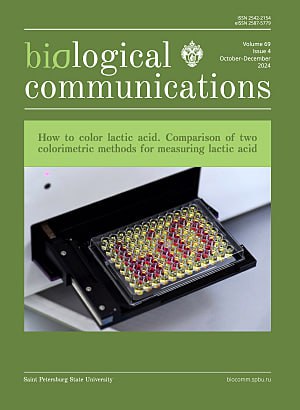The normalized difference vegetation index (NDVI) as a proxy of soil fertility under no-tillage: Features for different Chernozems and applied treatments in Russian forest-steppe region
DOI:
https://doi.org/10.21638/spbu03.2024.405Abstract
Using the normalized difference vegetation index (NDVI) as a proxy for soil fertility would be highly useful for adapting no-tillage to specific environmental conditions and for monitoring soil quality. Therefore, our study aimed to evaluate the relationship between satellite-based NDVI (May-August 2022) and soil fertility under no-tillage in the forest-steppe of Russia, considering different Chernozems (Haplic and Luvic) and treatments (none / with microbial inoculation and irrigation). Among the soil fertility indices (0–10 cm), content of organic and in organic C (SOC and Cinorg), total N, available P and K, SOC:N, pH, microbial bio mass (MBC) and respiration were assessed. Overall, soil nutrient dependence of NDVI was found for Luvic Chernozem in both microbe-inoculated (SOC, N, K with R2 = 0.72 – 0.95) and untreated sites (SOC, SOC:N with R2 = 0.58 – 0.66). For Haplic Chernozem, only a negative relationship between NDVI and Cinorg was found (R2 = 0.47) at an untreated site, which was eliminated by using irrigation with microbial inoculation. Thus, NDVI can be a robust tool for predicting soil nutrient levels for no-tilled Luvic Chernozem, but not for Haplic Chernozem. At the same time, applied treatments can significantly change the specifics of this relationship, which is important to consider in remote sensing of soil fertility.
Keywords:
microbial inoculants, irrigation, Haplic / Luvic Chernozems, soil nutrient levels, microbial biomass, inorganic carbon
Downloads
References
Downloads
Published
How to Cite
License
Articles of Biological Communications are open access distributed under the terms of the License Agreement with Saint Petersburg State University, which permits to the authors unrestricted distribution and self-archiving free of charge.





